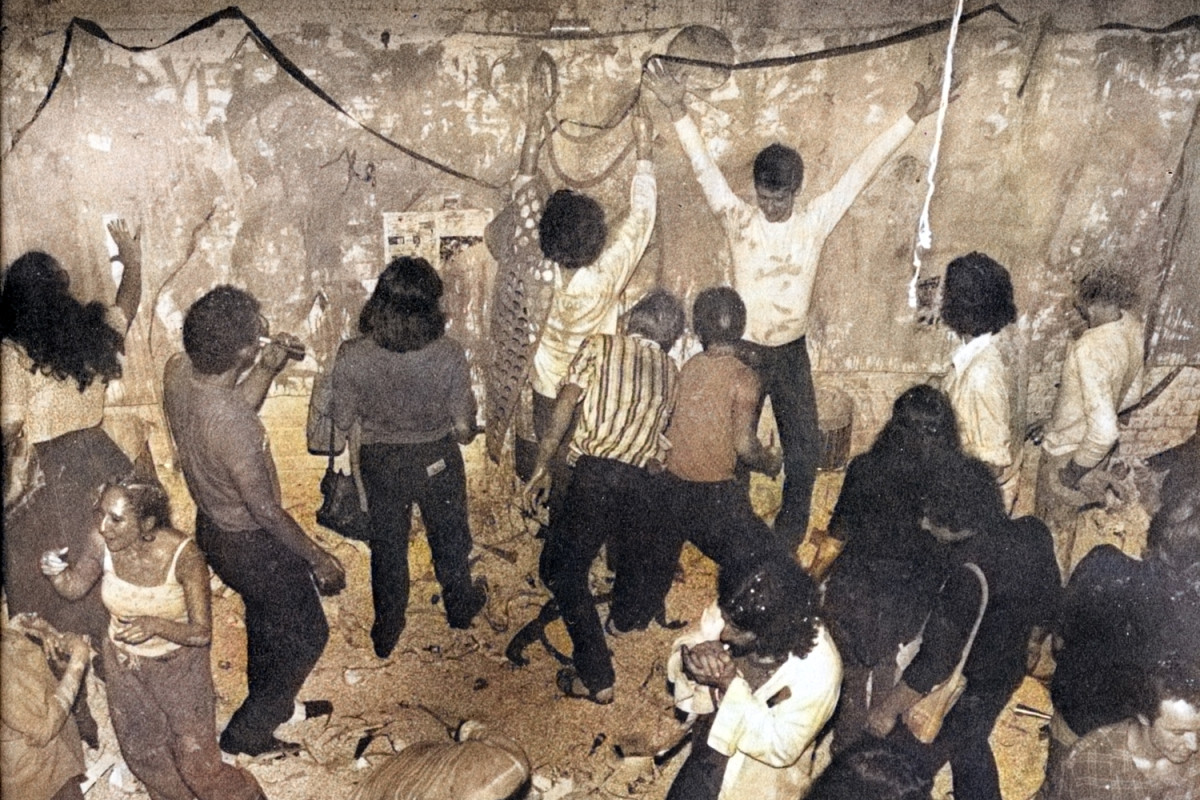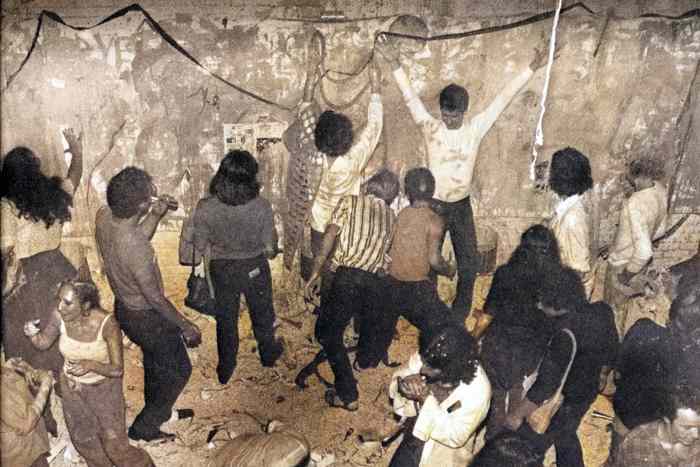
Forget Everything You Know performance by Bob & Bob (New Years Eve 1979) from the documentary Young Turks
Photo courtesy Stephen Seemayer
A: LIKE, WHAT IS AN ARTIST? What is a loft? In Beat-era Venice, poets and painters slept in an abandoned bingo parlor-turned-coffee house. Soon after the moon landing, a gym in Inglewood and a piano factory in Pasadena were commandeered in the name of art. Creativity revived neighborhoods and artists started trickling towards Downtown. “In 1975, studio space was a nickel a foot,” says pioneering developer and filmmaker Stephen Seemayer. “We had buildings with artists in them, but they were essentially illegal. It was the Wild West.” Vast playgrounds for experimental music, theater and visual arts sprang up from Broadway to the L.A. River before the Brewery’s 1981 debut.
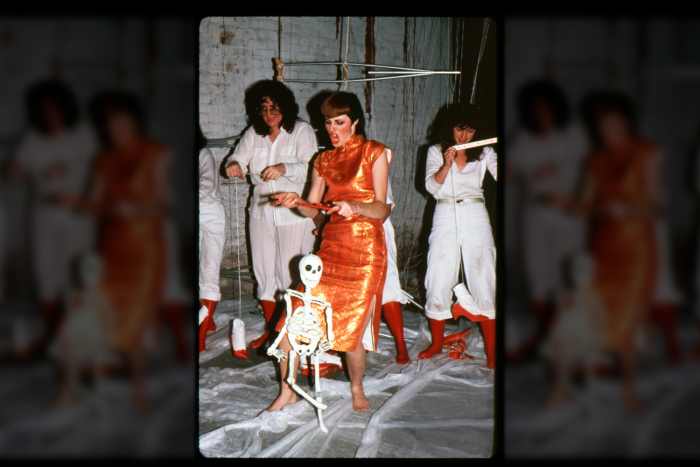
Broken Shoes,” an art performance by Downtown art pioneer Cheri Gaulke at a DTLA theater behind the Atonic Cafe in 1980’’
Photo by Sheila Ruth
“I always believed that artists would be critical to the revitalization of Downtown,” says former councilman Joel Wachs, who sponsored the live/work law that same year. “They were often hassled by Building and Safety, Fire and Planning Department officials, but expressed a desire to work together to legalize.” Rents skyrocketed once the lofts became legal and the population changed from full-time creatives who could recycle bottles to make the rent to fashion designers, photographers and film folk. “They work in the arts,” developer and musician Drew Lesso says. “But they’re not fine artists.”
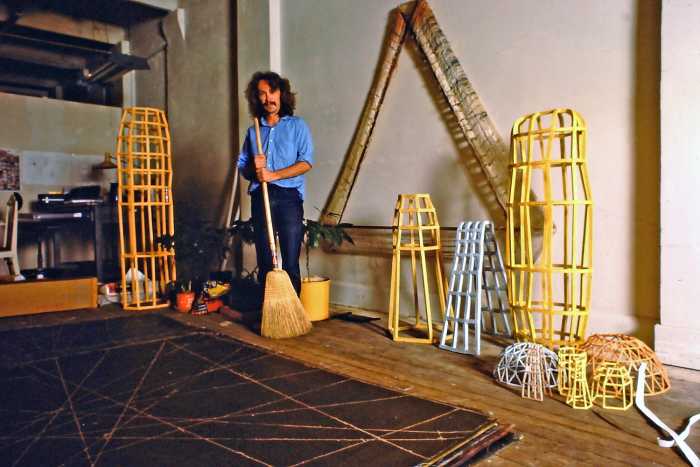
Sculptor Jon Peterson in 239 S LA Street loft (1979) from documentary Young Turks.jpg
Photo courtesy Stephen Seemayer
Soon after the loft legalization ordinance was passed, some from that first generation of artists started moving out. The alternative newspaper L.A. Reader declared “The loft scene is dead,” in July of 1983. The Brewery grew from an abandoned Pabst Blue Ribbon plant into what has been called the largest artists’ colony in the world. A rental unit on Moulton Avenue was recently listed for $5,250 a month. The next bi-annual Brewery Art Walk is May 3rd and 4th.
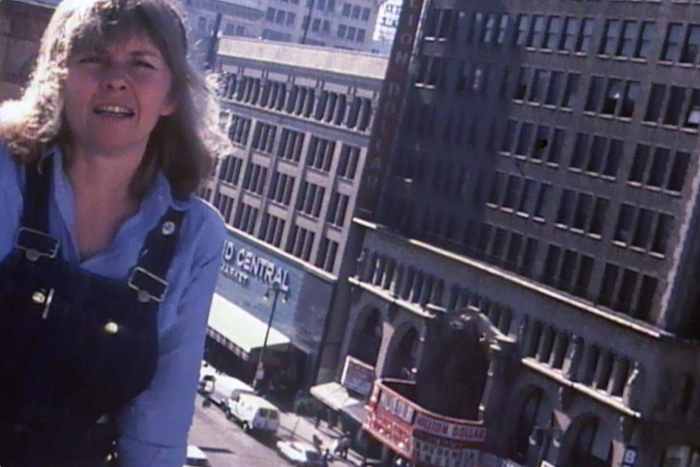
High Performance magazine editor Linda Frye Burnham on the roof of 240 Broadway loft building (1980) Still from the documentary Young Turks
Photo courtesy Stephen Seemayer
A few pre-code buildings remain in use by creatives, including Hunter Street Studios and the former LACE space on Industrial Street. “At present, we do not have any visual artists,” says the building’s owner, avant-garde architect Mary-Ann Ray. “But we have two musicians, a chef, a social club owner, and a builder/leathercrafts person.”
Seemayer, whose documentary The Young Turks explores the early downtown loft scene released another called Tales of the American. “This was the Chelsea Hotel and CBGB’s West,” musician Jesse Easter says of the American Hotel (now fancified boutique lodging) above Al’s Bar, where he’s lived for more than 40 years. “I’m the last dog standing.”
